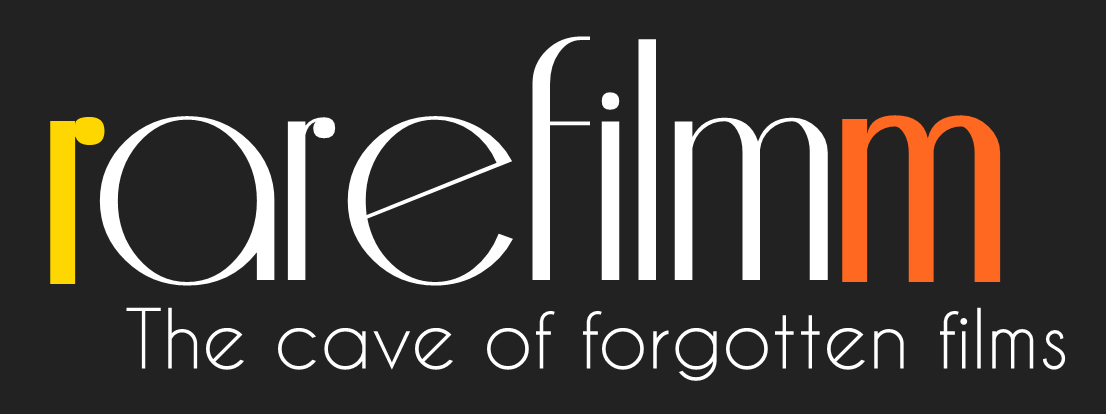In 1978, Ruiz was commissioned to make a television documentary about the French elections from the viewpoint of a Chilean exile in the 11th arrondissement. But, contrary to the producers’ expectation, the Left lost. Ruiz seized on this anti-climax to make a documentary about nothing except itself – a film whose central subject is forever lost in digression and ‘dispersal’, harking back to his Chilean experiments of the ’60s. It is the best, and certainly the funniest, of self-reflexive deconstructions of the documentary form. Ruiz drolly exaggerates every hare-brained convention of TV reportage, from shot/reverse shot ‘suture’ and talking-head experts to establishing shots and vox pops (narrator’s note to himself: “Include street interviews ad absurdum”.)
Category: Documentary
An historical document made up of footage and stills shot by the Nazis. A compilation of testimony from witnesses who appeared at the Eichmann trial provides a telling narrative. The film’s title refers to the story of a Jewish boy in one of the ghettos, who was struck with 80 blows. He survived and immigrated to Israel, where he found that no one believed his story – which for him was the 81st blow!
Compilation film, tracing the political career of Dr. Hans Globke, allegedly a former Nazi and Secretary of State in West Germany. Included in Amos Vogel’s classic book Film as a Subversive Art.
This popular animal documentary shows creatures of every sort in the act of reproduction, from microscopic animals to elephants. It also shows newborn animals as they cope with their first exposure to the outside world.
This documentary celebrates the work of illustrator Reynold Brown, whose colorful and compelling art graced over 300 movie posters during the 1950s and ’60s, ranging from star-studded westerns and studio epics to sensational creature features and low-budget B-movies. Art historians, writers, and movie producers discuss Brown’s art within the context of the post-war social climate and an ever-changing movie industry.
This film documents the determination of a group of ordinary women from Boise, Idaho who banded together to influence national public policy and foreign relations by developing a tangible and enchanting expression for their desire for peace: the National Peace Quilt.
A documentary film about a boys school in Iran. The film shows numerous, funny and moving interviews of many different young pupils of this school summoned by their superintendent for questions of discipline. The man is not severe, but clever and fair. He teaches loyalty, fellowship and righteousness to these boys. Besides these interviews, we see scenes of this school’s quotidian life.
